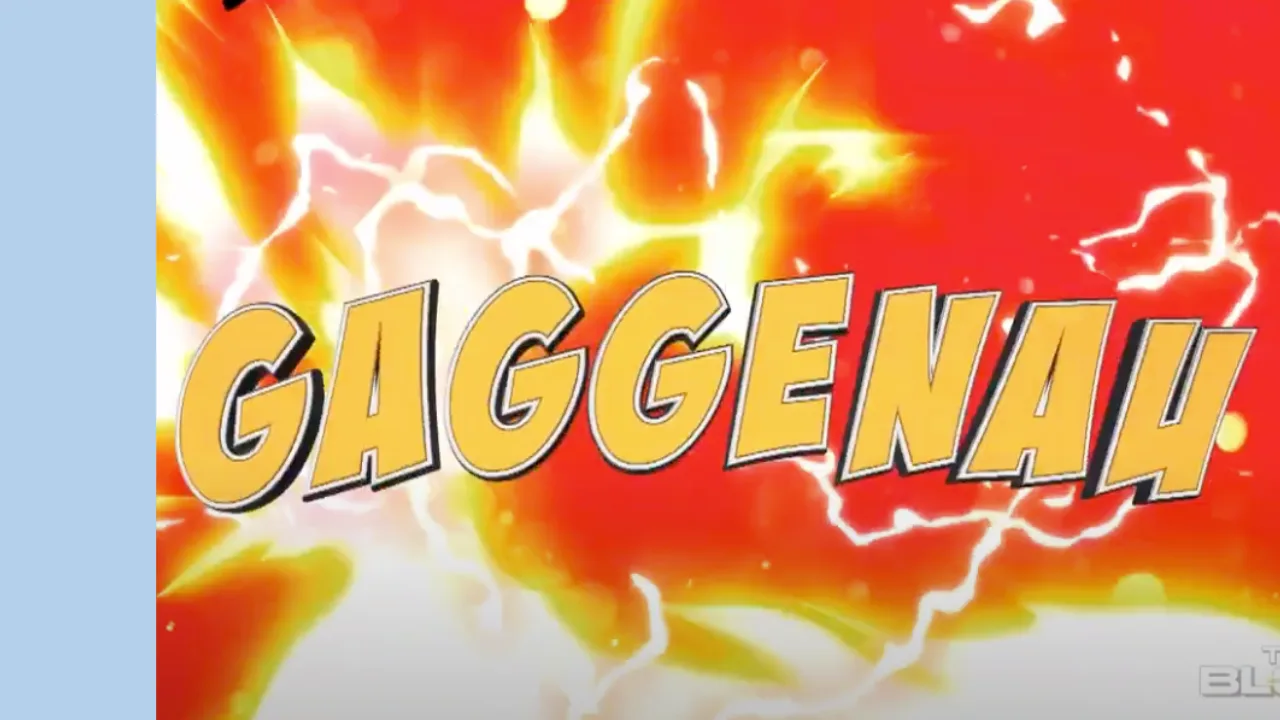Could the Commonwealth Bank of Australia (ASX: CBA) share price be a buy for the 6.7% dividend yield?
What happened in FY20?
The Australian economy is being heavily disrupted by COVID-19 and this is having an impact on the ability of borrowers to repay their loans. As Australia’s largest bank, CBA is feeling the effects just like the other major ASX banks of Australia and New Zealand Banking Group Ltd (ASX: ANZ), National Australia Bank Ltd (ASX: NAB) and Westpac Banking Corp (ASX: WBC).
I don’t think CBA’s FY20 result was as bad as what other ASX banks have been reporting in their quarterly and half-year announcements.
The bank said that its FY20 cash net profit after tax (NPAT) was $7.3 billion, down 11.3% on last year. The net profit was impacted by higher loan impairment expenses.
CBA said that 135,000 home loans, being 8% of its total accounts, were being deferred at 31 July 2020. That figure is down from the peak of 154,000. There were 59,000 business loans that were being deferred at the end of July, being 15% of the total loans, down from 86,000 at the peak.
In the third quarter update CBA provisioned $1.5 billion for COVID-19. Its total loan impairment expense increased by $1.32 billion to $2.52 billion.
It achieved home lending growth of $18.4 billion during the year, this was faster than the overall growth of all lenders. Household deposits increased by $25 billion.
CBA’s net interest margin (NIM) declined by 2 basis points (0.02%) to 2.07% over the year. The NIM is a profit measure of the banks which shows how much money they’re making on the money they lend out (compared to the cost of it from another lender or the deposits from savers). CBA said that the NIM fell because of lower interest rates, partly offset by lower funding costs. If the NIM falls then the bank needs to grow its total loan balance by at least that percentage just to maintain its loan profits.
Are CBA shares worth buying at this price?
Franking credits are an important part of returns for regular investors in the banks.
The CBA share price is currently down 31% from its February 2020 high. Investors aren’t expecting a lot from CBA this year. The FY20 dividend was cut to $2.98, down 31% on FY19. I have a feeling the interim dividend could be reduced as well unless there is a miraculous recovery of the economy over the next three months. Perhaps a vaccine will help restore confidence.
For banks like CBA, the key will be how many borrowers don’t/can’t repay their loans once the payment holidays end. With a NIM of around 2%, you can see that it wouldn’t take a large percentage of bad loans to wipe out a whole year of profit.
The CBA share price has dropped 16% since 11 August 2020, so CBA could be getting closer to long term value for income investors. Though I wouldn’t expect the trailing dividend yield of 6.7% (including imputation credits) to be what happens over the next 12 months. I’m not sure when CBA’s dividends will return to pre-COVID levels. Banks may decide to keep their dividend payments lower for the foreseeable future.
I’m personally not looking to buy CBA at this share price. I feel that CBA’s best days are behind it. I think there are other ASX dividend shares and ASX growth shares with better returns potential such as Washington H. Soul Pattinson and Co. Ltd (ASX: SOL).










